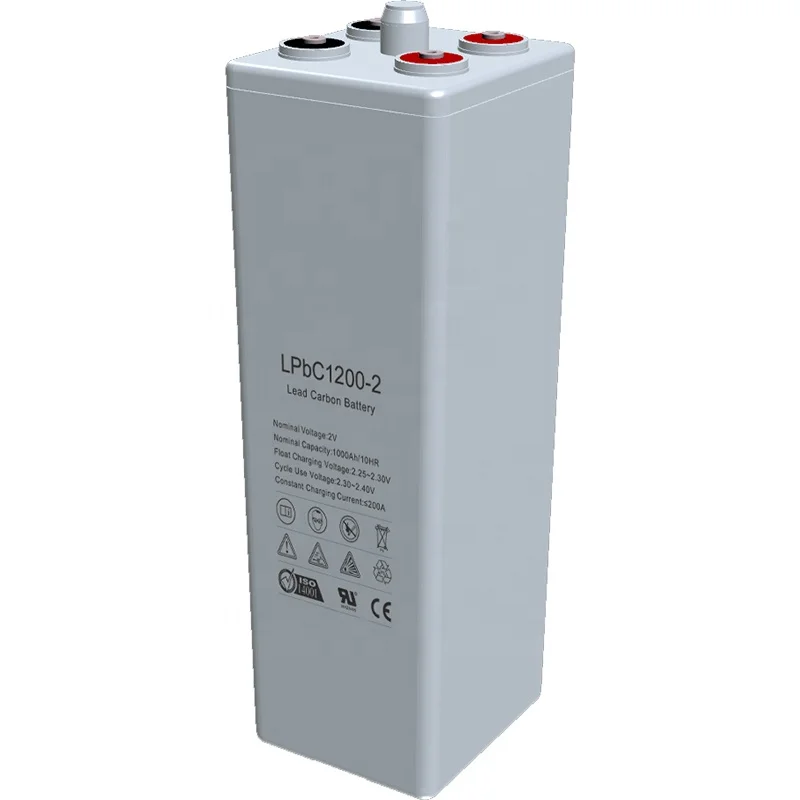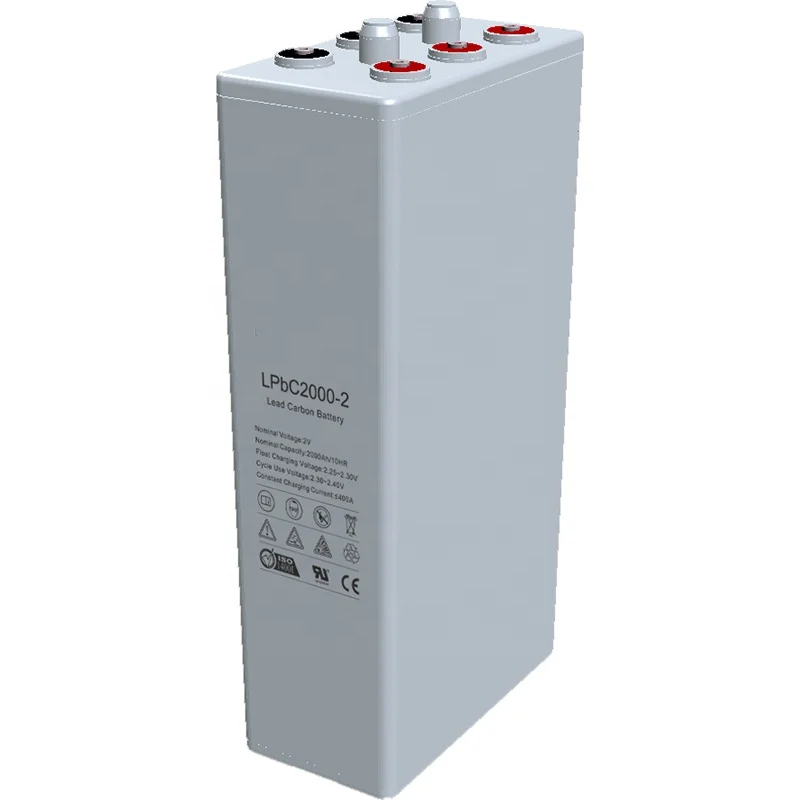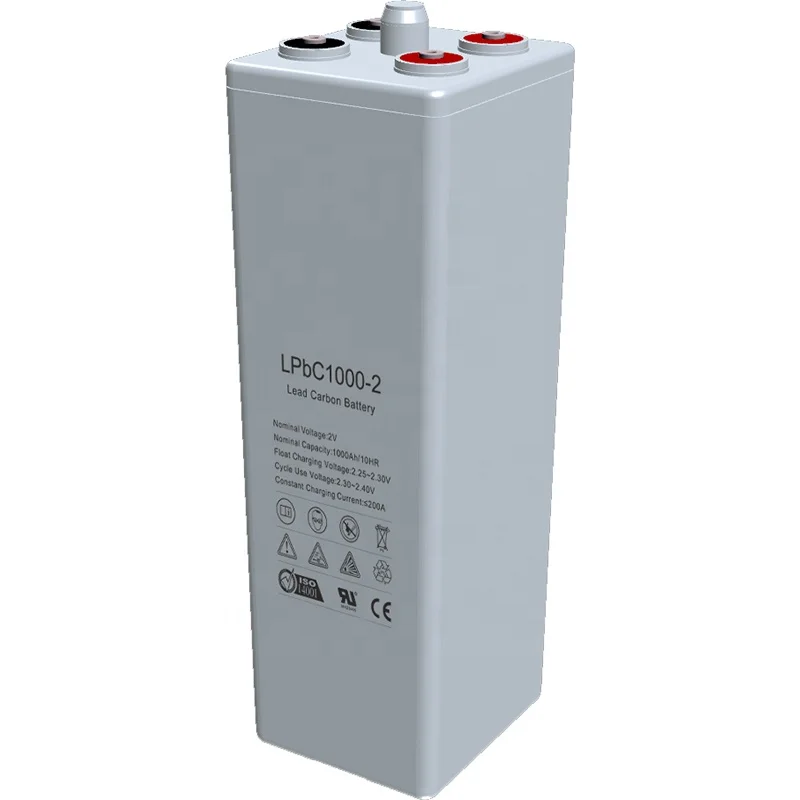1.What is battery cycle life?One cycle of a battery is a discharge from full charge to full discharge and a return to full charge again. The total number of cycles a battery can perform before failure is called its Cycle Life.
2.What is battery rating?
The most common battery rating is the AMP-HOUR RATING. This is a unit of measurement for battery capacity, obtained by multiplying a current flow in amperes by the time in hours of discharge. (Example: A battery which delivers 5 amperes for 20 hours delivers 5 amperes times 20 hours, or 100 ampere-hours.)
3.Do I need to add water to my battery?
No. Sealed lead acid batteries do not require the adding of water.
4.How long a battery can last?
The service design life of a battery varies considerably with how it is used, maintained and charged. Also temperature etc. affect battery life.
5.How to charge your battery?
Correct charging of a VRLA battery is essential in optimizing the battery performance and life. Although a constant voltage charge should be applied, optimum charging also depends on temperature (Nominally 20-25℃), charge current (max 1/4 battery capacity) and ripple current (minimum). A higher charging voltage is used but should NEVER be left on indefinitely since it will overcharge and destroy the battery.For optimum performance always recharge a battery immediately after discharging.
6.Does overcharging damage batteries?
OVERCHARGING is the most destructive element for battery service life. During overcharging, excessive current causes the oxides on the plates of the battery to "shed" and precipitate to the bottom of the cell. Overcharging also heats the battery, thus removing water from the electrolyte. Once removed, this material (which represents capacity) is no longer active in the battery.







